Food is an integral part of my travels with meals and and must try dishes planned out months and ahead. I was slightly nervous I’d have a hard time in Tokyo restaurants alone, a problem in some Korean restaurants, and miss out on eating some of the best food Japan has to offer. I was also worried that eating out in Tokyo would be a budget breaker. I imagined myself spending 5 days in front of convenience store counters pulling noodles out of Styrofoam instant noodle bowls while feeling depressed.
I couldn’t have been more wrong. In fact, the biggest problem I had was that I didn’t have enough time to try everything I wanted. With counter seating and a variety of options in all price ranges, Tokyo is a solo diners dream. What were my five favorite Tokyo dishes?
1. Ramen
For the majority of my life, ramen meant noodles cooked in three minutes with a politically incorrect named flavor packet. The ramen in Japan bears almost no resemblance to that. Far exceeding any attempts at ramen I’ve had at Japanese restaurants in other countries, this was my favorite Japanese dish. So much so, that this was the only food I repeated during my stay.
I ate at Kyusyu Jangara, conveniently located in Harajuku. Though they have an English menu, this place is far from a tourist trap with lines out the door during the lunch rush. First, you order and pay at the cash register near the front. I chose the most popular ramen, the #1, during my first visit which cost 1,000 yen. After paying you head to the counter, grab a stool, give the cooks the chip you were given when you paid, and a few minutes later a steaming hot bowl of near culinary perfection is placed in front of you.
The #1 is known for its variety of toppings. Resting on top of a a bed of thin noodles were mushrooms, sliced pork, sweet braised pork belly, and a hard boiled egg. The cloudy, brown broth was perfectly salty and I couldn’t hold back a few loud slurps. On my second visit I tried the garlic version of the #1 (1,100 yen). Very similar toppings wise, this rendition included a lot of minced garlic in the broth. For a garlic lover like myself, it was perfect.
To get here take the JR Yamanote Line to Harajuku Station, exit out of the Omotesando exit (South) and cross the overpass, or from Meiji-Jingumae Station on the Tokyo Metro Chiyoda or Fukutoshin Lines, take exit 3 and it is on your left on the second floor.
2. Japanese curry
Japanese curry bears no resemblance at all to the curries of Thailand and India that I was more familiar with before moving to Asia. Curry was introduced to Japan by the British in the early twentieth century. It is thick and usually dark brown in color, often served over rice and with a side of breaded pork cutlet. Though it might not look great on a plate, curry rice is warm and hearty, packing a lot of flavor and some heat.
On my first night in Tokyo the last remains of a typhoon blew through the city. When the winds started to threaten my umbrella, I decided to stick close to my hostel for dinner. Luckily there was a branch of the popular curry restaurant chain, CoCo Ichibanya, nearby.
At Coco Ichibanya you can customize your curry order. Customers can choose the type of curry (beef or pork), the amount of rice, spiciness of the curry and add on anything from garlic bits to hand breaded chicken cutlet. I went with the familiar pork curry, a medium spice level, and a pork cutlet. The satisfying meal only set me back 750 yen.
There are CoCo Ichi locations across the country (and also in China, South Korea, and the US).
3. Sushi
Sushi was my first foreign food obsession and there was no way I was visiting Japan without eating any. While prime cuts of tuna were out of my budget, I could still enjoy a little bit of conveyor belt sushi fun. Though sometimes seen in a negative light, recently people in Japan have started to realize that conveyor belt sushi doesn’t necessarily mean low quality.
With this type of dining you can carefully control how much you spend. Each plate color or design correlates to specific price. For example, anything on a yellow plate might cost 200 yen. As the sushi goes around, you pick what you want to eat, and at the end the waitress counts your plate to determine your final bill. A variety of fish and rolls come around and the chefs will usually take requests. This is fun time to be daring and choose fish you might’ve never tried before!
Sushi isn’t hard to find in Tokyo. I ate on the 8th floor at the Yodobashi Camera Store in Akihabara, accessed by the JR Yamanote, Chuo-Sobu, and Keihin-Tohoku Lines or the Tokyo Metro Hibiya Line.
4. Oyakodon
After a particularly long day trip out of Tokyo, I was extremely tired and decided to grab dinner at a donburi, Japanese rice bowl, place outside the train station when I returned to the city. Oyakodon, literally meaning “parent and child rice bowl”, is playful name based on the fact that both chicken and eggs are used to make this dish. These two ingrideints, along with green onions and a sauce made from dashi and soy sauce, are laid over a bed of rice. This simple dish was not only tasty and filling, but also inexpensive, costing only 500 yen.
You can find oyakodon at many Japanese “fast food” restaurants (like I did), but the most famous place for it in Tokyo is at Tamahide, located about a one minute walk from Ningyocho Station on the Tokyo Metro Hibiya Line and the Toei Asakusa Line.
5. Okonomiyaki
Okonomiyaki is a savory pancake that originated in Osaka, but is popular throughout Japan. Usually you cook the pancake yourself at a hot grill in the center of the table, but at the restaurant I tried it at, Nanbantei in Shimo-Kitazawa, the server will do all the work for you. Perfect for an okonomiyaki newbie like myself.
Okonomiyaki can have a variety of fillings, and I ordered mine with everything, which included bits of squid, meat, and vegetables. First, the batter, made mostly of flour, water, and grated cabbage, is poured onto the hot griddle, or teppan. An egg is then added, followed by more batter and fillings, and then finally it is made into kind of a pocket. A weight is pressed on top of it and the okonomiyaki is left to cook until golden brown. Finally, it is topped with Japanese mayonnaise, black paper, and aonori, or seaweed flakes, and then cut into pieces to be served. .
The food itself was fairly cheap, around 900 yen, but I couldn’t resist a couple of draft beers at this small, hip, student filled joint, which drove up the bill slightly.
To get there take the Odakyu or Keio Inokashira Lines to Shimo-Kitazawa Station. Take the south exit and turn left at Softbank. The second floor restaurant is on the next corner on your left.
What dish looks the best to you? What are your favorite Japanese foods?

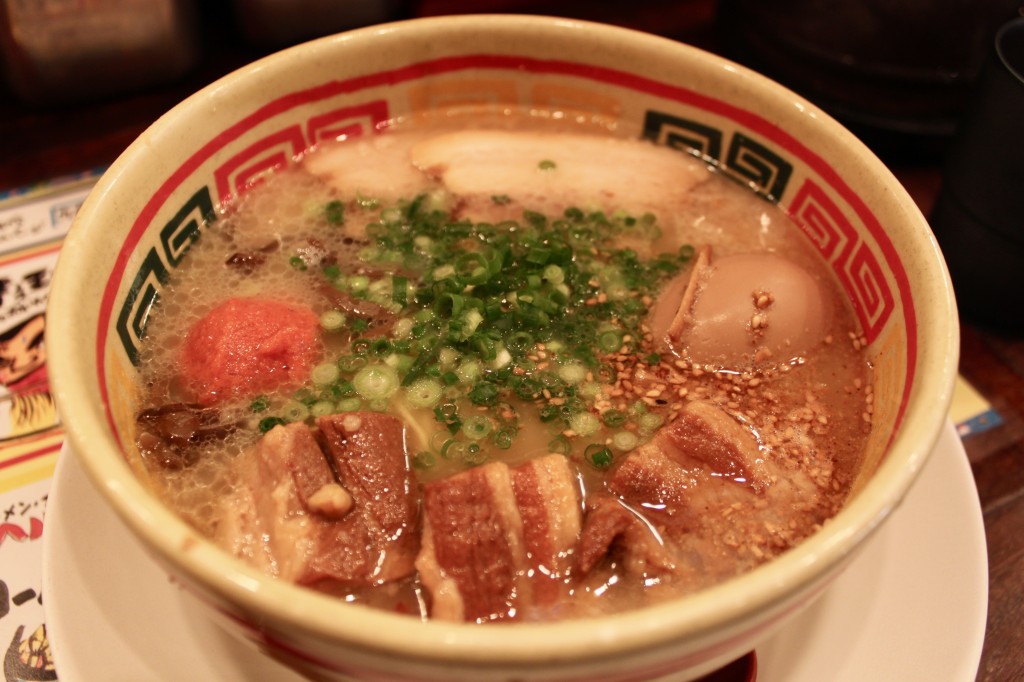
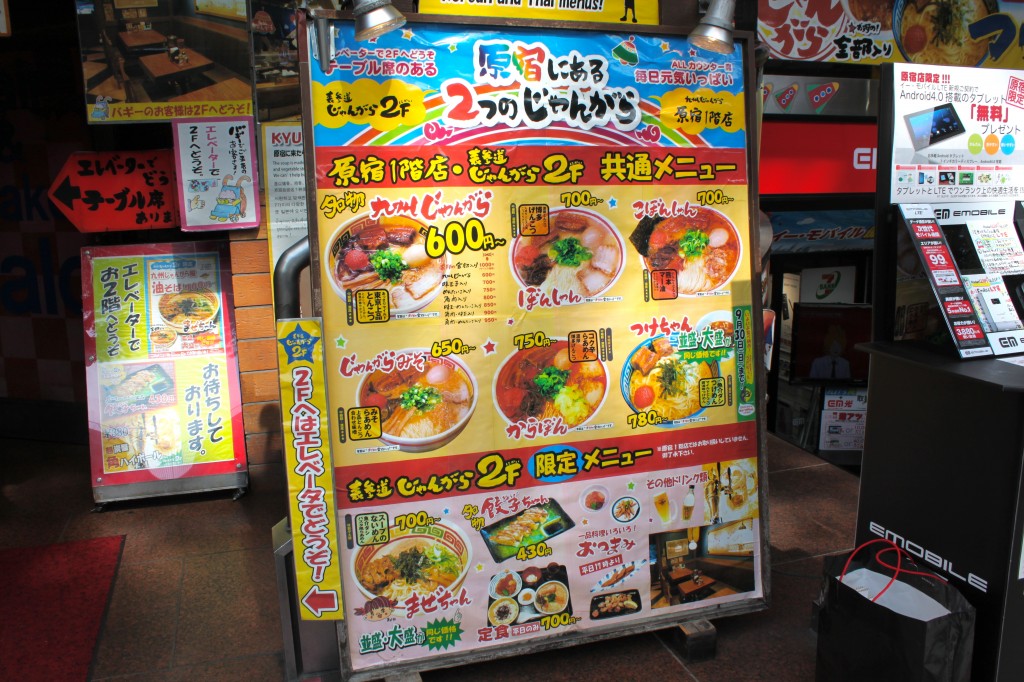
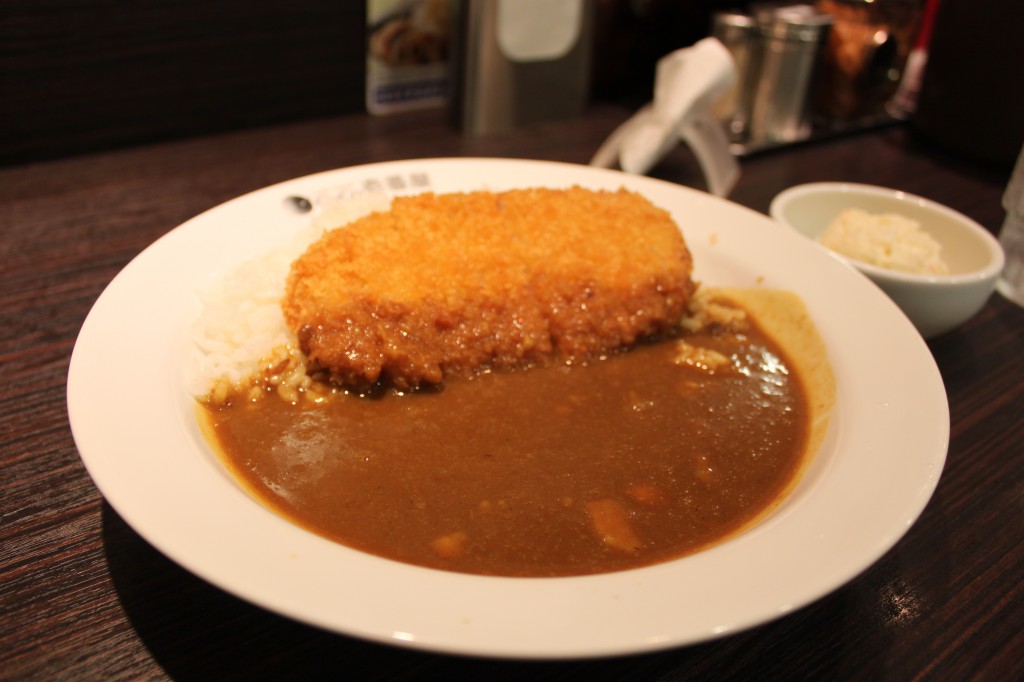
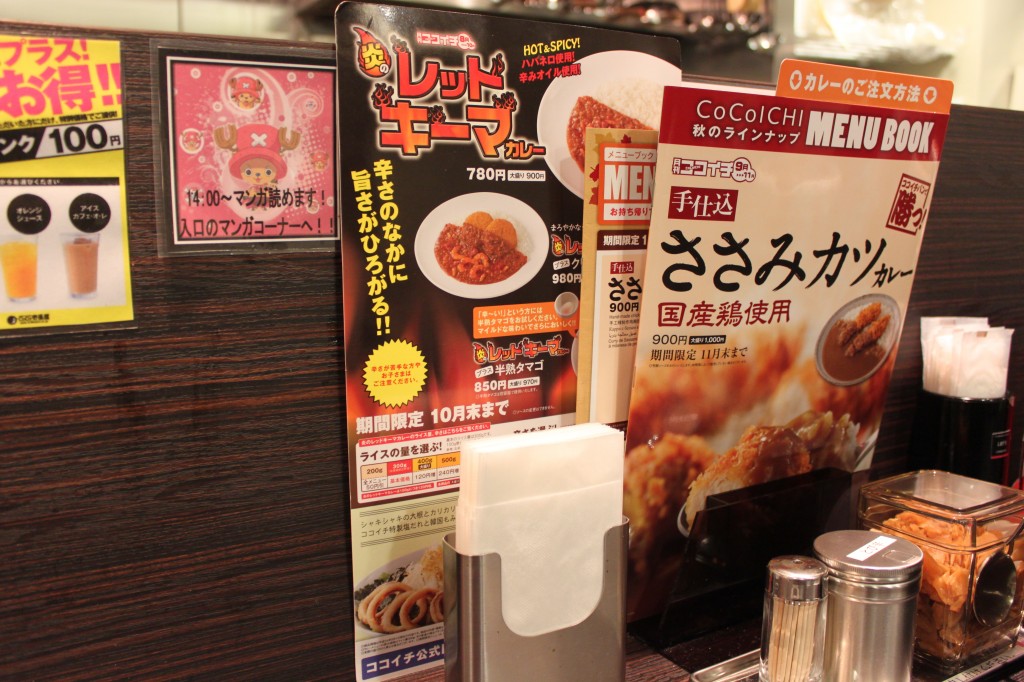
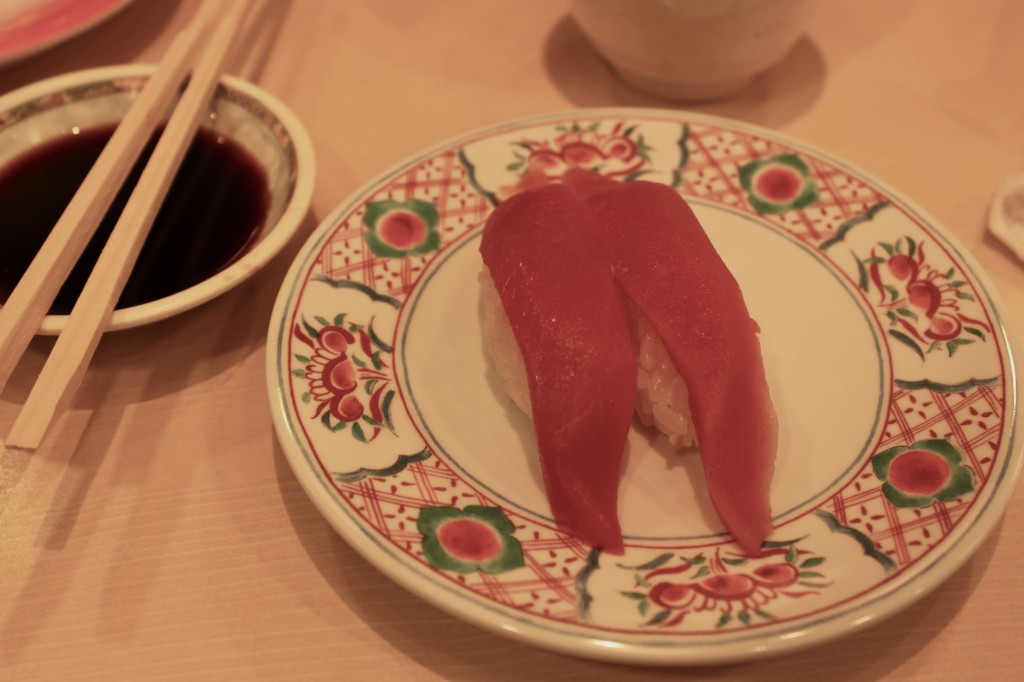
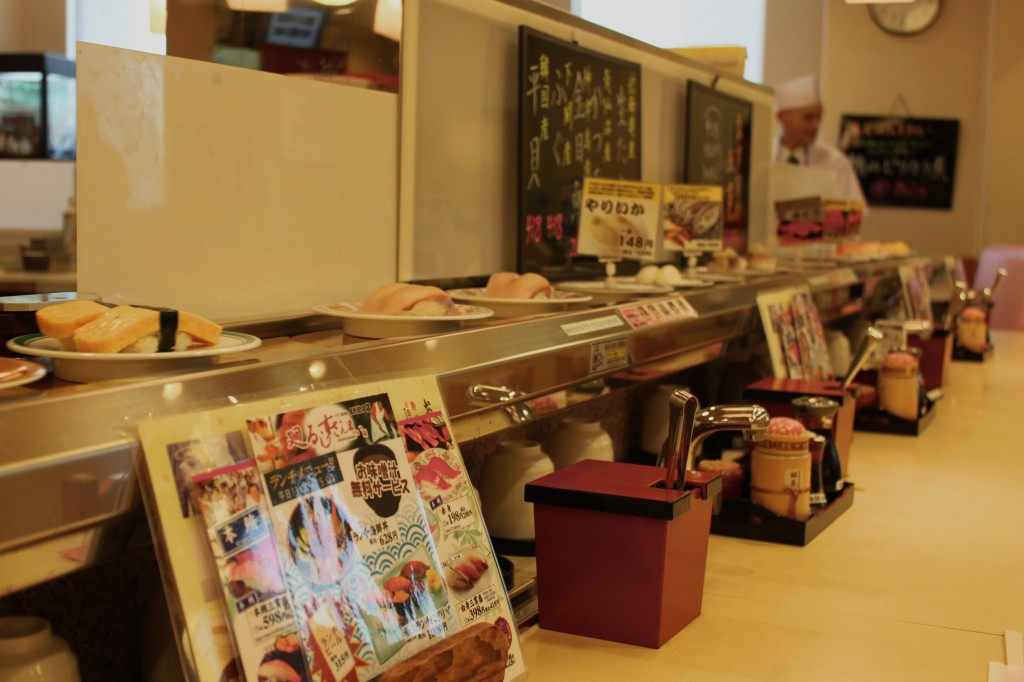

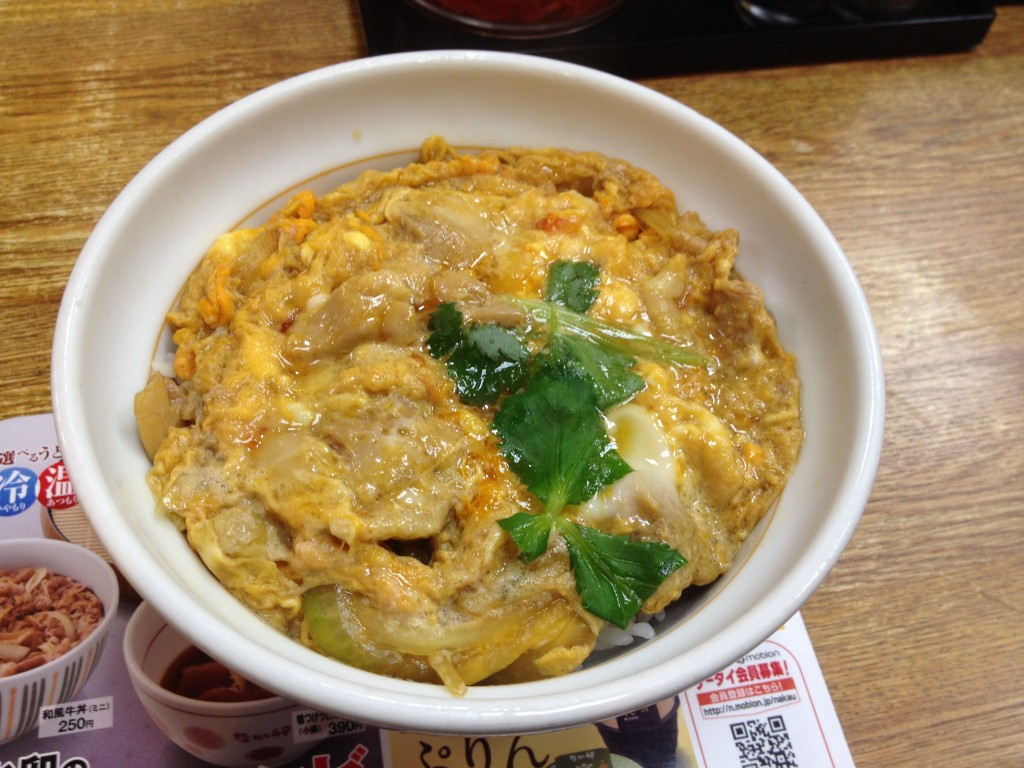
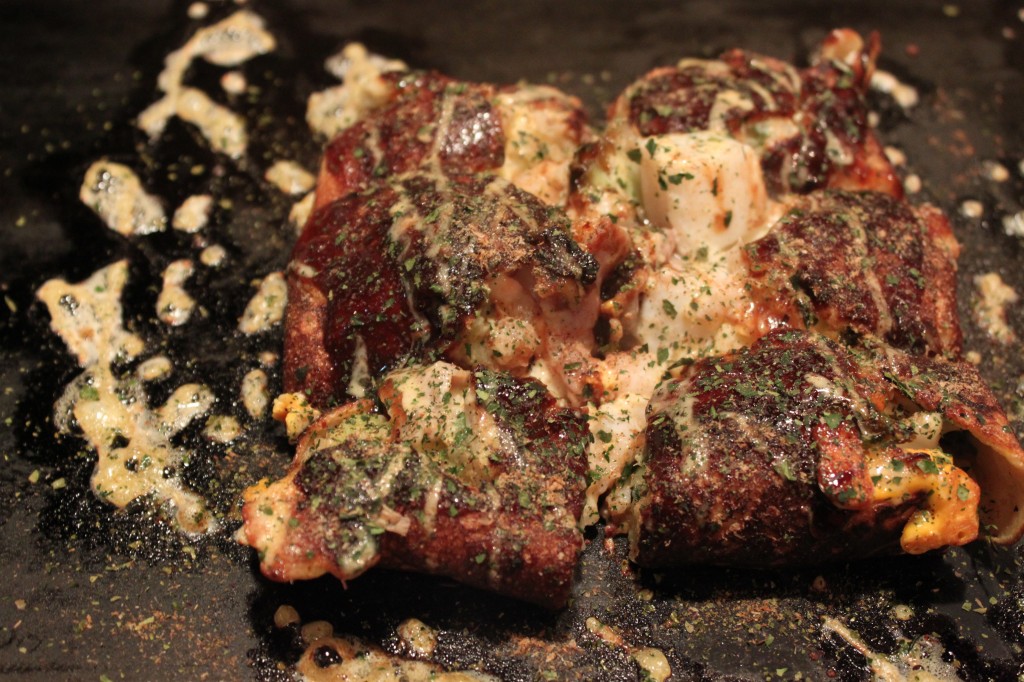
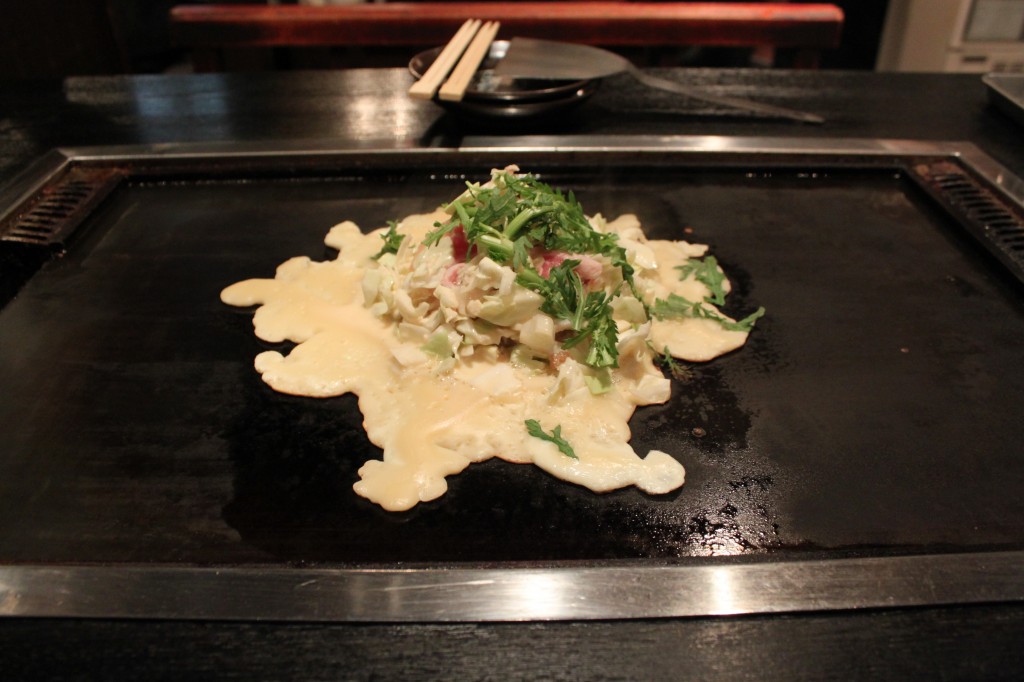



I love Japanese curry (prefer it to Indian curry and rank it slightly above Thai curry), ate it all the time when I lived in northern China! And I can’t wait to one day get to Japan just for the sushi alone. I will just park myself in a sushi joint and never leave.
Edna recently posted..I Love My Neighborhood: Dublin’s Sandyford
Japanese style curry is really popular in Korea, too! I could’ve spent hours (and hundreds of dollars probably) at the conveyor belt sushi place. It was too good. The food in Japan is really worth the visit itself!
omg. I am starving, and I definitely shouldn’t have read this. It all sounds SO amazing! I can’t wait to go to Japan and eat my life away.
Sheryll recently posted..Fall Beauty Buys
You have to. I hate to say it, because I like Korean food a lot, but the food in Japan was so varied and SO delicious.
I love food in Tokyo – I didn’t have a bad meal once and ate amazingly well on a budget. Some of my favourite places to eat were hole in wall stalls and finding a place in the Akasaka district with melt in your mouth wagyu beef and yakitori. Hope to go back to Japan soon

Natasha recently posted..Glameating: 5 Amazing Food Experiences in Europe
There’s a lot of great food in every corner of Tokyo, I think! In every price range. I also want to go back. And just eat, eat, eat! (Possibly at this waygu beef/yakitori place )
)
OK, you’ve made me ridiculously hungry. I love the look of your okonomiyaki – the ones back home are ridiculous in comparison! And I totally agree with you – Japan is a solo diner’s dream. I love looking at the cook and it’s fine if you have nothing to read, your meal will be served to you in a few minutes! No looking awkward at all.
Caitlyn recently posted..The Portuguese surfing debacle
It is the best! I wish there were more places in the world like that. Thanks for the comment, Caitlyn!
Not only the price of foods but also the kind varies in the restaurants in Japan.
Now the ramen culture flourishes in the country and you can find “Kaisen” – seafood ramen or “TsukeMen” – separate style ramen of broth and noodles-toppings or even “MazeSoba/AburaSoba/SirunashiSoba” – the ramen without broth exists. The last type has the distinctive savoury and its feel, I hope you will try it someday.
Definitely, Indian curry had a journey to Japan by way of Britain. “Youshoku” is a genre in Japanese cuisine which Japanized western dishes. The tendency towards to the British style curry, we turned it to the Japanese flavour.
As for the topping of curry, unless ordering “KatsuCurry” – you will not have a fried topping of breaded-pork-cutlet.
Among the toppings, the pork cutlet is the most popular.
In home, as far as I know, the basic ingredients of mothers’ curry are onion, carrot, potato and meat (beef or chicken or pork). That’s more than the curry on the picture, but you can cook it with recipe, just try it.
There are some variant of the Japanese curry. The most common one is “CurryPan” – inside the deeply fried dough, there is a filling of thick curry. This punchy food resembles its figure like Russian Pirosiki.
From the very beginning, Japanese know the quality of “KaitenZushi”. But going to the authentic sushi bar is not affordable besides the price of each item is not disclosed generally, we have no way but to go to the KaitenZushi or having a disclosed low tagged sushi-lunch-sets in the trad sushi bar.
kaitenZushi has varies in the style, price and quality. Some supply any plate at single price such as 130 yen – of course using only a kind of plate, the other have a few standards of price.
“OyakoDon” has two kinds, the accompanied vegetable is “TamaNegi” – onion or “NagaNegi” – long stick figured green onion.
And due to the reason that it uses the broth for Soba noodles to prepare for OyakoDon, it is better to eat it at “Sobaya” – the restaurant featuring the buckwheat noodles.
For OkonomiYaki, it depends on the restaurant whether you cook it by yourself or prepared it in the kitchen and served.
At the moment of turn over the dough would be a most difficult time, but it might be fun to do it.
In Autumn and Winter, “Kaki-no-OkonomiYaki” ( oysters ) will be the seasonal delicacy.
I hope you will try it at the next time.
Lastly, I want to say very important thing about affordable cuisine in Japan.
Many foreign visitors knock the doors of franchised restaurant. They have good locations in the big city and may have English menu, too.
Although, I often doubt the delicacy they supply.
How about the idea to go to the family-run restaurant and order their specialty in a few times during the stay.
Sometimes, you can find extraordinary delicious dishes with affordable prices.
The place like nostalgic shopping arcade which still alive or the town where big university locates is the place where delicious foods lovers should go and enjoy.
Wow! Thank you for such a detailed comment! I will admit that I didn’t know that much about Japanese food before I went to Japan. Only the basics. But I’ve fallen in love with the cuisine and will have to take some of your advice when looking to eat Japanese food in the future. I had no idea oyakodon used the broth from soba. Very interesting. I hope I’m back in Japan soon so I can eat again
Welcome to Japan!This was introduced in a site of Japan.There are a large number of schools to the ramen.
When you visited Japan again, please taste each ramen.
http://ja.wikipedia.org/wiki/%E3%83%A9%E3%83%BC%E3%83%A1%E3%83%B3
http://www.raumen.co.jp/home/
It is the high rank of the thing that I like five items which you put up.Okonomiyaki has “the Hiroshima style, too”.
Please eat “the sukiyaki” with Japanese beef.
Thank you for coming to Japan!
Thank you for the links. I will have to check out some of the different kinds of ramen. Hopefully I can find some decent places in Seoul! And I will have to look out for sukiyaki. Thanks for the comment
Thank you for you visit Japan.
and Thank you for you like Japanese food.
and a
haha,your okonomiyaki making is awesome.
Probably, you put on the griddle, without stirring, before grill an okonomiyaki. that looks.maybe.
actually,
okonomiyaki making method is stirring ingredients before grill okonomiyaki.
anyway,
I’m glad you like Japan and Japanese food.
Please come again.
Thank you for your comment! Japan was amazing! I hope I can visit again soon and check out more of the country. I didn’t make my okonomiyaki The waiter made it for me. Or else it probably would’ve been horrible!
The waiter made it for me. Or else it probably would’ve been horrible!
Nice to meet you!
(I apologize in being hard to read that I use text translation of the net)
I enjoy a Japanese meal
Thank you!
In addition, please come to play and wait
But,
Please do not eat until my minute; XD
初めまして!
(ネットのテキスト翻訳を使用しています 読み辛い事を謝罪します)
日本の食事を楽しんでいますね
ありがとう!
また遊びに来て下さい お待ちしています
でも、
私の分まで食べないで下さい XD
・ Ramen → overthrowing!
・ Curry and rice → overthrowing!
・ Belt-conveyor sushi → overthrowing!
・ Bowl of rice topped with chicken and eggs → overthrowing!
・ Okonomiyaki → overthrowing!
・ラーメン → 撃破!
・カレーライス → 撃破!
・回転寿司 → 撃破!
・親子丼 → 撃破!
・お好み焼き → 撃破!
I teach a brave man a secret menu
Code name
・ Curry udon
Big noodles + curry + Japan bouillon (soup stock)
勇者へ 秘密のメニューを教える
コードネーム
・カレーうどん
太い麺+カレー+日本ブイヨン(出汁)
It is attention advice!
You must not wear a white shirt
I must keep advice
You are sorry by all means.
忠告!注意!
白いシャツを着てはいけない
忠告を守らなければ
貴方は必ず後悔する。
Yokota base
An air force.
Yokosuka base
A navy or a marine.
They know the delicious food of Tokyo.
横田基地
空軍。
横須賀基地
海軍または海兵隊員。
彼らは、東京のおいしい食物を知っている。
Jangara is often listed as No.1 Ramen in gourmet programs of TV in Tokyo.
Jangara serves Tonkotsu Ramen originated from Kyuhshuh, south-western island of Japanese archipelago.
There are 2 major schools of Tonkotsu soup, Hakata style and Kumamoto style.
Bonshan Ramen is former one and Ko-bonshan Ramen is latter one which I love.
You should order either of basic Ramen and choose favorable topping, not Zenbu of all toppings at JPY1,000.
Thanks for the information, Ken! After my trip I’m kind of obsessed with Japanese ramen, so I will keep this is mind as I go on a search for the good stuff in Korea
Hi, Amanda! Great post. I’m reading up on cheap eats in Japan for a trip this November =) I love Japanese food, ranging from shashimi to ramen to okonomiyaki! And I’m really looking forward to my trip. Just to ask, where’d you usually have your breakfast during your trip? I’ve read that buying food from convenience stores for breakfast is a good idea. Any thoughts on this? Thanks =)
Thanks Sharry! You will LOVE Japan and the food. I did exactly that- picked up something small and a can of coffee at a 7-11.
Thanks, Amanda =)